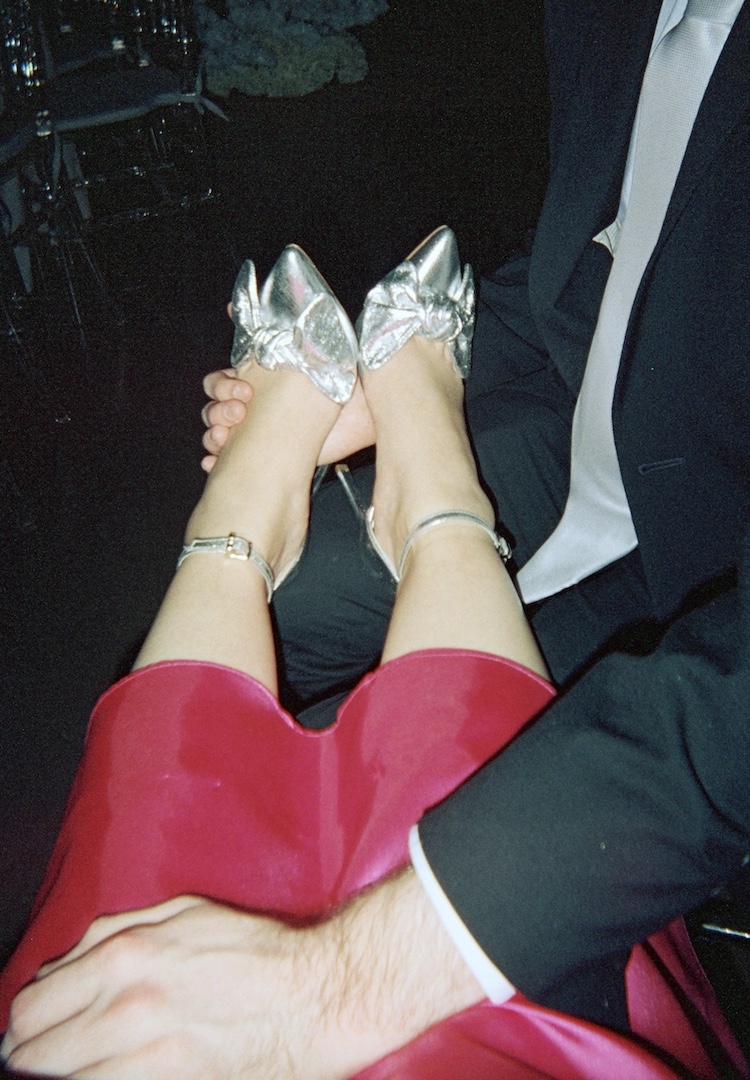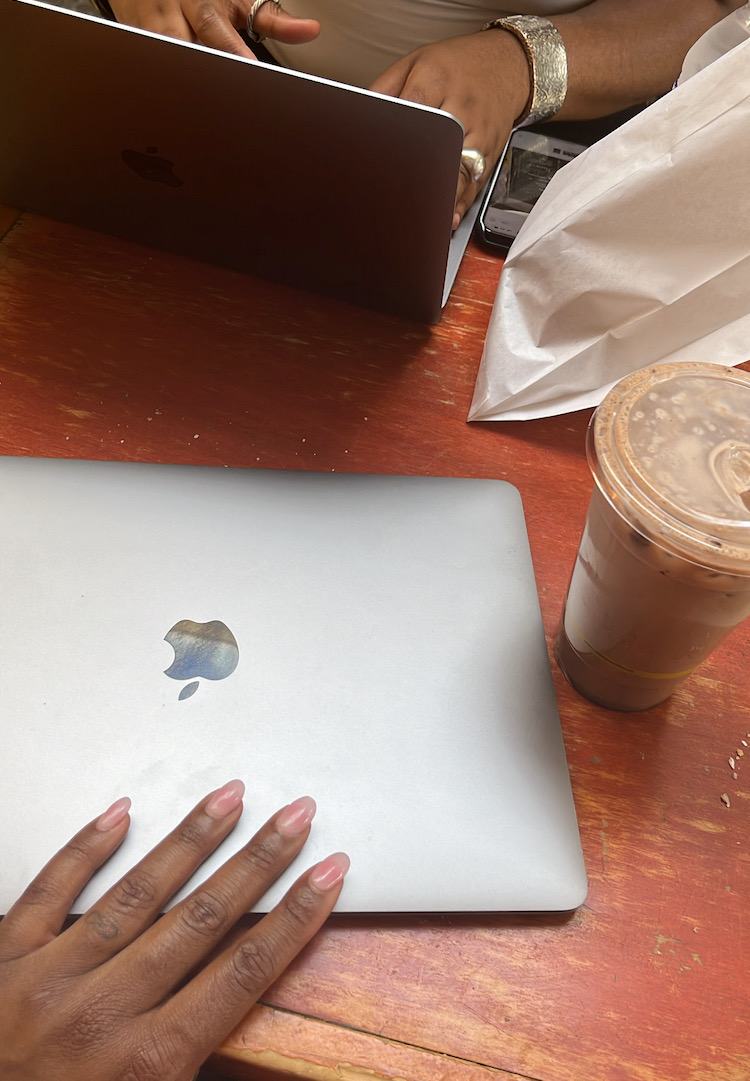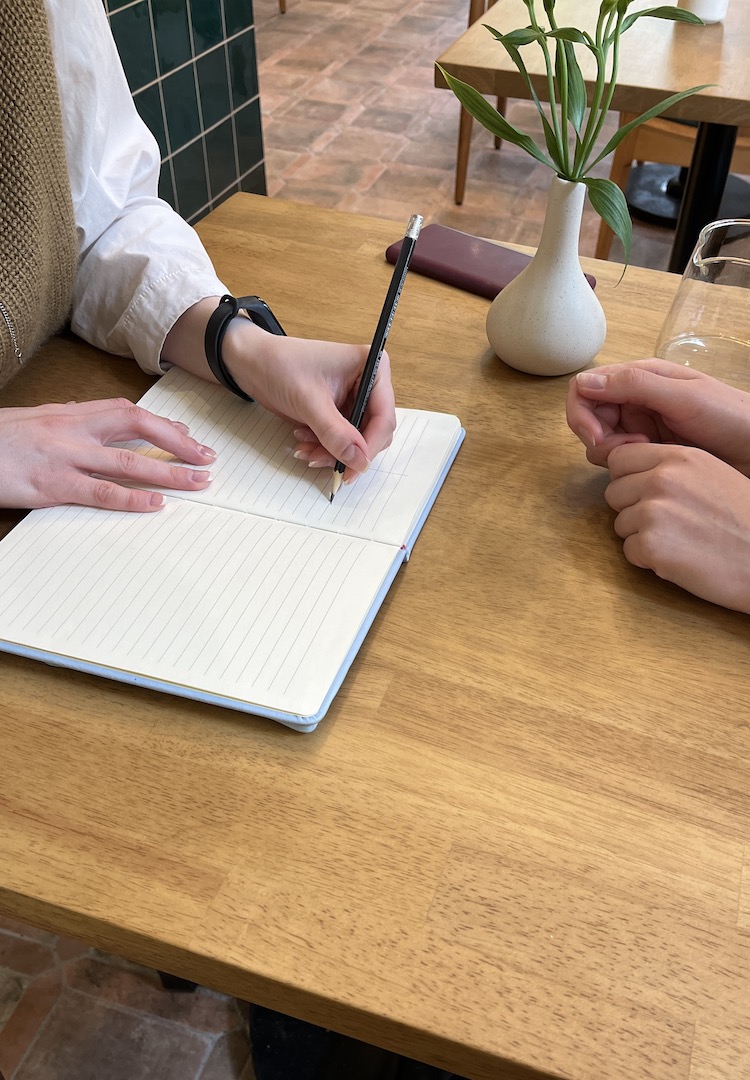How to make your LinkedIn profile stand out, according to an expert
WORDS BY EVIE DINKELMEYER
“If you want to secure your next role, you need to be on LinkedIn.”
I’ve recently begun the very intimidating journey into life post-uni. There are countless Zoom meetings, lots of networking and worst of all, LinkedIn. I’ve been peripherally aware of the platform for some time but it always felt like another social media profile I’d have to be upkeeping, and it made me nervous.
Now that I’ve got a profile, I’m absolutely loving stalking all of the brilliant writers I admire and seeing where they did their internships, what their first jobs were and mapping out my own career path inspired by theirs.
Looking for more top-notch jobs? Subscribe here and we’ll send a weekly selection straight to your inbox.
If you’re feeling the same as me, or you’re well established in the professional sphere but you just haven’t quite mastered LinkedIn yet, I spoke with Karen Hollenbach, the founding director of Think Bespoke, a company that provides specialist LinkedIn training for individuals and organisations. Below, she shares her top tips for making your profile stand out.
Hi Karen! If someone has just made their LinkedIn account, what are your top five recommendations for them?
You absolutely have to have a photo, and you absolutely have to have the correct contact information. Put your location in there so recruiters can find you for your location searches. In your experience section, you need your role title with the proper name and company page [and it needs to be] linked to the organisation that is properly on LinkedIn…
Make sure that you’re following relevant [thought leaders]… You probably also want to be connected with at least up to 100 people who are in your [circles], that you’ve either worked with, went to school with, done sports with or are in your friend network… And probably take the time to put a background image in there, too.
Do you think LinkedIn is important for networking?
From a professional networking point of view, it’s kind of like your digital version of yourself, online from a professional perspective. So I don’t mean it’s your resume, I actually don’t think it’s your resume at all. I think it’s your 24-hour-a-day, seven days a week, online representation of your professional self…
It’s really important for professional networking. And I think that even though it might feel a bit intimidating or scary for people at the start… [think of it] as a place where you can learn a lot. And you could also be reaching out to industry leaders with personalised messages when you connect such as “You know what, you’re inspiring, I’ve looked at your career trajectory and I’d love to meet you. I’ve sent you an invitation to connect because I’d just like to be informed about your updates.”
So using it more as a research platform, to have a little look at what everyone else is doing. But people can see that you search them up, right?
So with a free LinkedIn account, you can view profiles anonymously. This means you can have a really good sticky beak at the way other people have written their profiles. They will never know. You go into Privacy and Settings and then Profile Viewing Options and you click Private… of all my pieces that I’ve written about LinkedIn, the highest is ‘How to browse LinkedIn profiles anonymously’.
Would you recommend showing your personality on LinkedIn or keeping it more clean-cut?
Definitely show personality, but kind of tucked in. The way you conduct yourself on LinkedIn [should be the same] as if I met you at a professional networking event. You’re probably not going to tell me that you had a big night out the night before. But you might be inclined to tell me that you’re volunteering, that you are doing particular studies, that you might be travelling or reading books, that you care about particular issues.
In terms of the posting, it’s more about intentionally and thoughtfully following things that you are interested in [like] education companies, prime ministers… There’s a big conversation around the Voice to Parliament at the moment, so a lot of people are changing their background image for the Voice to Parliament.
How do you get over the awkwardness of self-promoting? I’m worried I’ll come across as arrogant.
It’s really uncomfortable for people to talk about themselves. So I’d think about what I want to be known for, and who am I trying to influence. [That would be] the key thing, and to write your profile for that. And to really remember that it’s a community where you’re learning, but also you’re adding value to that community. [I suggest] to write how you talk, don’t write like you would write a cover letter for a job like, “I’m so fabulous, I’m the best person for this job.”
Give a sense of who you are as an individual, why you’ve made the choices you’ve made, what you care about, what you advocate for… It’s not so much self-promotion, it’s just shining a light on the things that you think are relevant, based on your professional goals.
Are there any niche features that we might not know about that you think are important?
If you’ve got a tricky name to pronounce, there’s a feature on the app (not the desktop), where there’s a 10 or 20-second audio [recording option where you] just explain to people how to pronounce your name… There’s [also] the opportunity to show your pronouns. I think it’s important…
And don’t forget your ‘about’ section… It’s really hard to write about yourself… [but that’s] the section that’s really going to help you stand out. If you tell your career story, and what you care about professionally, it will give people a sense of you as an individual. You are not your job, you are not a set of skills, you are not your qualification. You’re an individual that brings a unique perspective to the role.
For more tips on improving your LinkedIn profile, head here.













